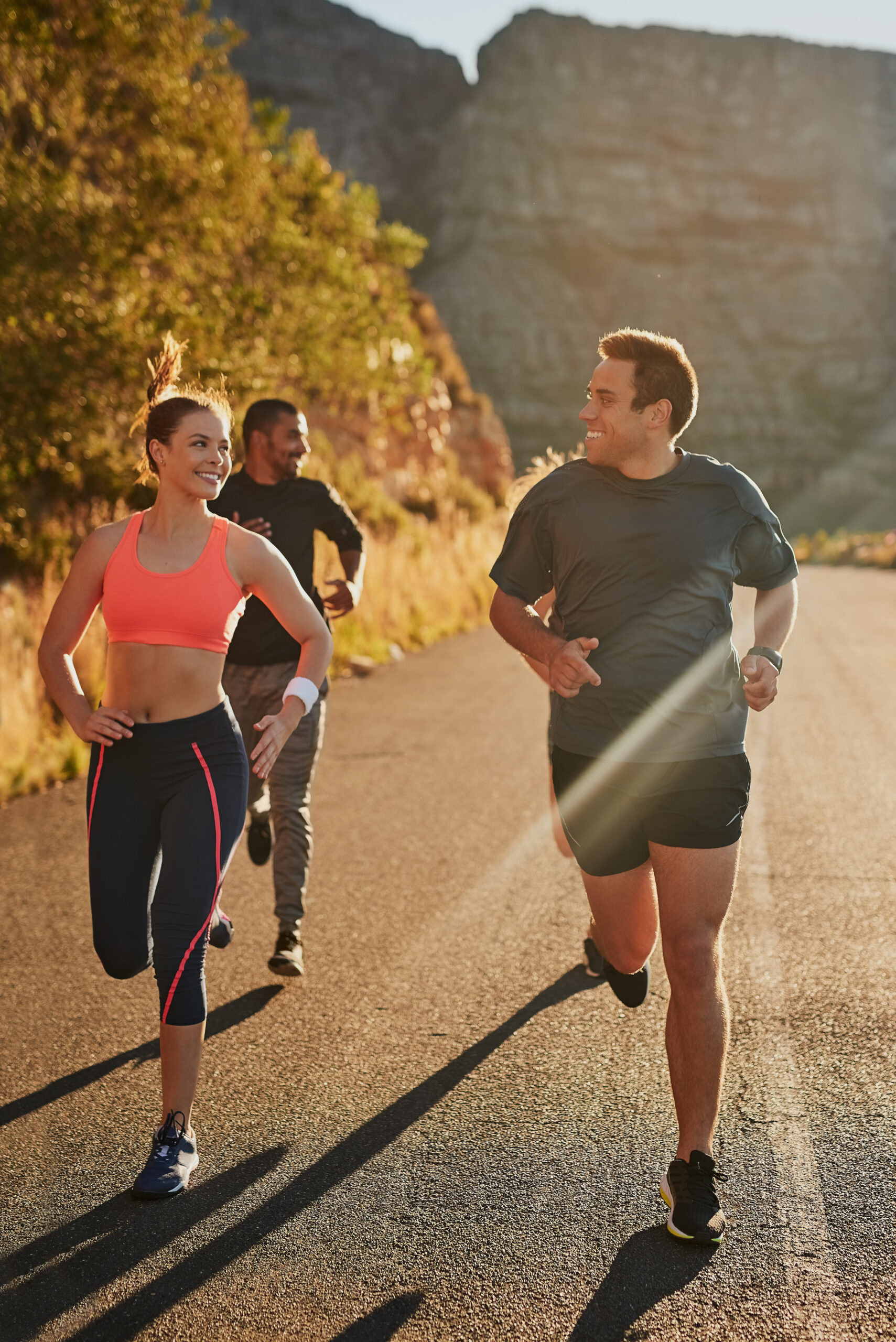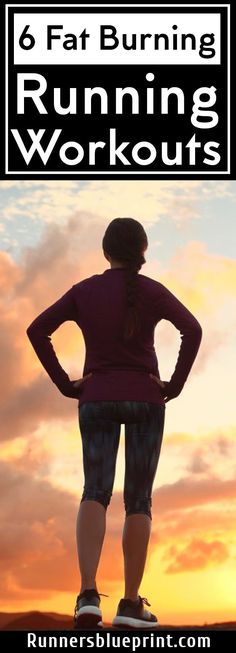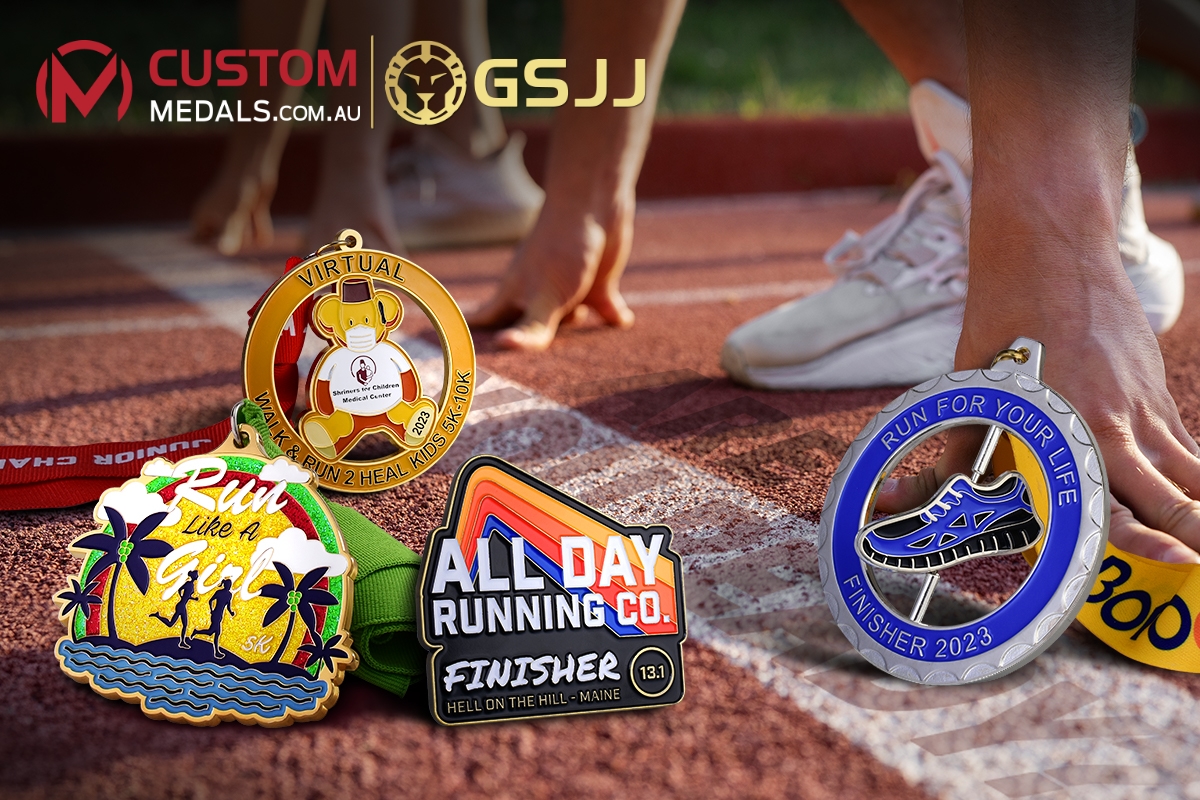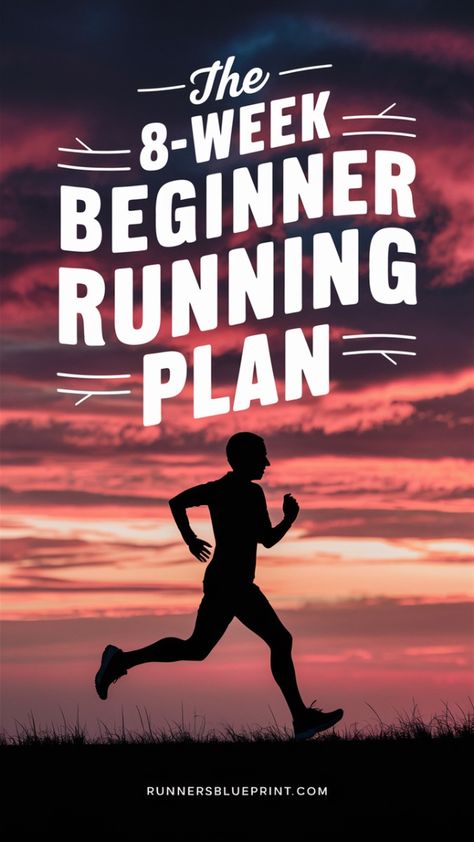Looking for fat-burning running workouts? You’re in the right place!
Running has always been my secret weapon for staying fit, clearing my mind, and energizing my day.
Over the years, I’ve experimented with different workouts, and I can honestly say that these specific types have made a huge difference in my fitness journey.
If you’re like me, you probably run for a mix of reasons—health, mental wellness, and yes, fat loss too.
Let’s face it, shedding some extra fat is a huge motivator for many of us runners!
In fact, I started running because I was overweight and wanted to lose the extra pounds. Not a secret.
Here are my tried-and-true fat-burning workouts to help you shed those extra pounds and keep your runs fresh and challenging.
Intervals
Intervals are a game changer. The first time I tried them I’d been running the same pace for months, barely breaking a sweat. Then, a friend suggested intervals—short bursts of all-out running followed by recovery.
I was skeptical, but wow, what a difference.
After just a few weeks, I was burning more calories and running faster than ever. Plus, intervals make the workout go by so fast. You’re always changing pace, so there’s no time to get bored.
Don’t take my word for it.
The proof’s in the pudding—research shows interval training can triple your fat loss compared to running at a steady pace. That’s because the intense effort pushes your body into a higher calorie burn even after you’ve stopped running, a phenomenon known as the “afterburn effect” (officially called Excess Post-Exercise Oxygen Consumption or EPOC).
Here’s a quick guide to get you started:
- Warm-up for 5 minutes with an easy jog.
- Sprint for 20-30 seconds at full effort.
- Slow down to a jog or brisk walk for 1-2 minutes to recover.
- Repeat the sprint-recovery cycle 6-8 times.
- Cool down with a 5-minute jog and stretch.
To make it more challenging as you improve, increase the duration of your sprints or decrease your recovery time. Remember, the more effort you put in during sprints, the more fat you’ll burn.
Weighted Sprints
Want to take your interval training up a notch? Add a weighted vest. Running with extra weight forces your body to work harder, which means you’ll burn even more calories and fat in the process.
The first time I strapped on a weighted vest, I felt ridiculous. But after one session of weighted sprints, I was hooked. It adds an extra layer of challenge, and when I took the vest off for my next run, I felt like I was flying.
It’s tough, but if you want to burn serious calories, give it a try.
When you wear a weighted vest (aim for one that’s 5-10% of your body weight), you’re adding resistance to your run. This not only increases the intensity of your workout, but it also helps you build more muscle. More muscle means a higher resting metabolic rate, which is a fancy way of saying you’ll burn more calories even when you’re not running.
Here’s how to do it:
- Strap on a weighted vest (start with a lighter weight and build up).
- Follow the same interval pattern from above: 20-30 second sprints with 1-2 minutes of recovery.
- Keep your form strong—don’t let the extra weight cause sloppy running mechanics.
- Finish with a 5-minute cool-down jog and stretch.
Stick with it, and soon you’ll really start to feel stronger in your legs and core. I usually keep the weight light—just 5 or 10 pounds—so I don’t put too much strain on my knees, but even that makes a huge difference.
Hill Sprints
If you want to burn fat fast, hill sprints are your best friend. Not only do they torch calories, but they also strengthen your legs, glutes, and core, making you a more powerful runner overall.
Running uphill engages more muscle groups than running on flat ground. This extra muscle activation means you’re burning more calories with each step.
And good news for your joints—hill sprints are lower impact than flat sprints but still pack a serious punch.
Here’s how to do them:
- Find a hill with a moderate incline (or set a treadmill to a 5-7% incline).
- Warm-up with a 5-minute easy jog on flat terrain.
- Sprint uphill for 20-30 seconds at full effort.
- Walk or jog back down for recovery.
- Repeat 6-8 times.
- Finish with a 5-minute cool-down jog and stretch.
Hill sprints will leave your legs burning, but the results are worth it. If you’re consistent, you’ll notice an improvement in fat loss and running strength.
The Stairs
Stair running is essentially hill sprints on steroids. It’s a simple yet highly effective way to burn calories, build muscle, and boost your cardiovascular fitness—all at once.
I used to live near a park with a huge staircase, and one day, I decided to give it a try. I thought, “How hard could it be?” I thought it’d be a breeze, but five minutes in, I was gasping, and my legs were screaming..
So why is it so hard?
Let me explain.
Running stairs forces your body to lift your full weight against gravity with every step. This constant lifting motion burns many calories while strengthening your legs, core, and arms (because you’ll be pumping them hard as you run).
Here’s how to do a stair workout:
- Find a set of stairs (in your home, at a park, or in a stadium).
- Warm-up by walking up and down the stairs for 5 minutes.
- Sprint up the stairs as fast as possible, then walk or jog down for recovery.
- Repeat for 15-20 minutes.
- Add bodyweight exercises like squats or push-ups between sprints for an extra burn.
The beauty of stair running is that it’s simple, accessible, and very challenging. Plus, it makes your usual flat running feel like a breeze.
Tabata Protocol Runs
Tabata is a type of HIIT that delivers a quick, fat-torching workout in just minutes.
Tabata pushes your body to its limits, helping you burn fat while boosting your endurance. In just 4 minutes, you can get an incredibly effective workout that fires up your metabolism for hours after you’re done.
The first time I did a Tabata run, I could barely finish. You sprint for 20 seconds, rest for 10, and repeat. It doesn’t sound that hard, right? Wrong. By the third or fourth sprint, I was gasping for air. But after a few weeks, I started to see real improvements in my stamina—and the fat was melting off. Adding bodyweight exercises like squats and burpees in between sprints takes it to a new level.
Here’s how to do a Tabata workout:
Why Tabata Works:
- Warm-up with a 5-minute jog.
- Sprint as hard as you can for 20 seconds.
- Rest for 10 seconds.
- Repeat this cycle 8 times (for a total of 4 minutes).
- Finish with a 5-minute cool-down.
While it may sound simple, don’t underestimate the difficulty of Tabata. Those 20-second sprints will feel like the longest 20 seconds of your life, but the results are well worth it.
Long, Slow Distance Runs (LSD)
I know—long runs aren’t as sexy or intense as sprints or hills, but they play a crucial role in fat loss. Long, steady runs improve your aerobic base, help you burn fat over longer periods, and make you a better runner overall.
While short, intense workouts are great for burning fat quickly, long runs tap into your fat stores and improve your endurance. The trick is to keep your pace conversational, allowing your body to burn fat more efficiently during the run.
Here’s how do long runs:
- Schedule one long run per week (45-90 minutes, depending on your fitness level).
- Run at a comfortable pace—this is not the time to push yourself hard.
- Gradually increase your distance by no more than 10% each week to avoid injury.
Over time, your long runs will not only help with fat loss but also improve your performance in the other, more intense workouts.
Fat-Burning Running Workouts FAQ
I know that you have more than a few pressing questions about running for fat loss. Let me address some of them.
Is running better than walking for fat loss?
Yes, running generally burns more calories than walking in the same amount of time, which can contribute to faster fat loss. Studies show that higher-intensity activities like running elevate your heart rate and increase calorie burn both during and after your workout, a phenomenon known as the “afterburn effect” or excess post-exercise oxygen consumption (EPOC). Walking can still aid in fat loss, especially for beginners, but running often provides a more efficient way to burn calories in less time.
How often should I run to burn fat?
To see fat-burning benefits, aim for 3-4 running sessions per week. Consistency is key, so mix it up with high-intensity interval training (HIIT), steady-state runs, and easy recovery runs to keep your body challenged and engaged. Pairing these runs with a balanced diet and other forms of exercise can help maximize fat-burning potential.
What’s the best type of running workout for fat loss?
HIIT workouts are particularly effective for fat loss because they involve short bursts of high-intensity effort followed by rest, keeping your metabolism revved up. Tempo and fartlek runs are also great choices, as they help build endurance and burn fat by varying your pace and intensity. The key is to incorporate different types of workouts to avoid plateaus and keep fat loss steady.
How long should my runs be to burn fat?
For fat-burning, aim for 20-45 minutes per run. Shorter, high-intensity sessions (like 20-30 minutes of HIIT) are excellent for boosting metabolism, while longer steady-state runs (around 45 minutes) can help tap into stored fat for energy. Find a balance that works for your schedule and fitness level—longer isn’t always better if you’re working hard!
Is it okay to run every day for fat loss?
While it might seem like running daily will help with faster fat loss, rest days are essential. Your muscles need time to recover and rebuild, which is key to sustained fat loss and avoiding injuries. Aim for 3-4 focused running days each week, and on other days, consider low-impact activities like walking, swimming, or strength training for a balanced approach.
Can running help with belly fat specifically?
Running can certainly aid in reducing overall body fat, including belly fat, but keep in mind that spot reduction isn’t possible. Instead, a consistent routine of fat-burning workouts combined with a healthy diet will help lower body fat percentage. Over time, you’ll notice changes across your body, including the abdominal area, as you build endurance and lose weight. Here’s how to measure your body fat composition.
How do these workouts fit into a weight loss plan?
These workouts are a great addition to any weight loss plan, especially since they’re designed to maximize calorie burn and boost your metabolism. To get the most out of them, pair these runs with a balanced diet and strength training to support muscle growth, which helps burn more calories even at rest. Consistency is key—aim for 3-4 running sessions per week combined with healthy eating habits for steady, sustainable weight loss.
Can I do these workouts if I’m a beginner?
Absolutely! If you’re new to running, start by easing into the workouts. For instance, try shorter HIIT sessions (like 10-15 minutes), or introduce fartlek-style runs where you mix easy jogging with short bursts of faster running. Remember, the goal is progress, not perfection. As you build endurance, you can gradually increase the intensity and duration of your runs. Start slow and listen to your body—it’s all about enjoying the journey!
What should I do if I don’t see results?
If you’re not seeing the results you want, don’t get discouraged. It could be helpful to revisit your overall routine. Ensure you’re fueling your body with a balanced diet, getting enough sleep, and allowing for recovery days to avoid overtraining. Additionally, mix up your workouts—adding variety keeps your body challenged and prevents plateaus. Sometimes, it’s just a matter of giving it a bit more time. Stay consistent, and remember, results often come gradually!
Conclusion
I’ve tried all these different types of workouts, and they’ve all played a role in helping me stay fit and burn fat. If you want to shake up your routine and see some serious results, give these a shot. Trust me, they work!
Remember to listen to your body as you incorporate these workouts into your routine. Rest and recovery are as important as the workouts themselves, especially when doing high-intensity training. Combine these fat-burning running workouts with a balanced diet, and you’ll be on your way to reaching your weight loss and fitness goals.
I hope you try out some of these workouts and see how they transform your running and body.









